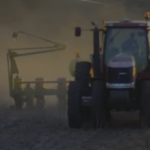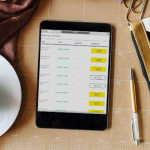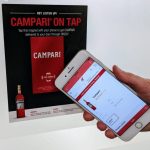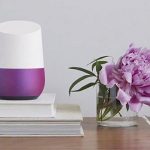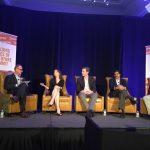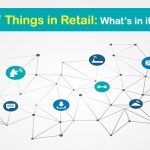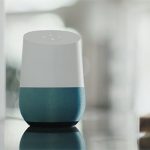IoT and development platforms: Focusing on connecting the world
IoT and development platforms: Focusing on connecting the world

The Internet of Things is a concept very different from the Internet of (July 13, 2016). While technically it’s the same Internet, the processes and functionality of the connected devices that exist in this category are anything but typical. Many of them have no screens, some have multiple purposes and many only serve to provide data on one specific subject.
Indeed the Internet of Things includes virtually anything you could imagine from cars to step counters. There’s even a long-discussed concept of smart dust that gathers and reports information from the within the very air around us.
Now, while smart dust isn’t really floating around the room you’re in, it does emphasize the sheer magnitude of the Internet of Things as a development platform as diverse as it is innovative. This diversity is even more clear when you look at the wide range of platforms on which you can develop IoT technologies.
IoT and the future of software and hardware engineering
Developers are already focusing their efforts on the Internet of Things right now, creating solutions for industry, healthcare, and the consumer markets at breakneck pace. A recent survey by the Evans Data Corporation revealed that as much as 45% of all working developers consider IoT solutions to be an important priority in their long-term development strategy.
The same can be said for hardware engineers. Whether they’re working on giant industrial machinery or tiny sensors, the IoT is a prevalent part of that discussion.
From a consumer standpoint, these smart things we are connecting to the Internet are slowly taking over our homes, our cars, and even our wardrobe. So clearly, there is a lot of space for innovation.
A virtually endless number of development platforms
Alright, so you have some development experience and you have a concept you’d like to turn into a smart device on the Internet of Things. Your next step is creating a working proof of concept or prototype. This is where you’re in luck. There are many great platforms to choose from.
From a hardware standpoint, the Arduino platforms is a great place to start. Arduino-compatible boards come in a variety of different sizes and types to fit many different needs, and its integrated software platform makes it easy to hit the ground running with your custom creation.
Officially-supported Arduino boards are available many different uses from IoT to wearables and even robotics. Because Arduino is an open standard, there are many other board configurations available from third parties that are compatible with the Arduino platform – some of them as small as your fingertip or a quarter.
There are even wearable creation kits for kids that help them to learn the fundamentals of hardware and software development.
Raspberry Pi is another great hardware platform for IoT development. Free tools like Node-RED are popular choices for development, acting as a digital wiring solution for data. Raspberry Pi even keeps a fun blog featuring many of the cool IoT solutions people have created with the tiny computer.
For larger, more wide-reaching projects, Intel even has its own IoT platform, boasting security, easy communication both between devices and with the cloud, and reliability as its major selling points. It provides a variety of scalable solutions from local gateways to datacenter and cloud data analytics.
Here’s perhaps the one coolest selling point about IoT development: it is incredibly easy to find open source tools to help you go from concept to prototype. Because it is a newer concept, a lot of the solutions being developed to make innovator’s lives better aren’t being created and controlled by a select few corporations. They’re being created by the IoT community, and that is a good thing for startups and corporations, alike.
Creating new and innovative ways to make dumb things smart is a lot of fun, and thankfully there are plenty of platforms out there to work with.
The post IoT and development platforms: Focusing on connecting the world appeared first on ReadWrite.
(19)


